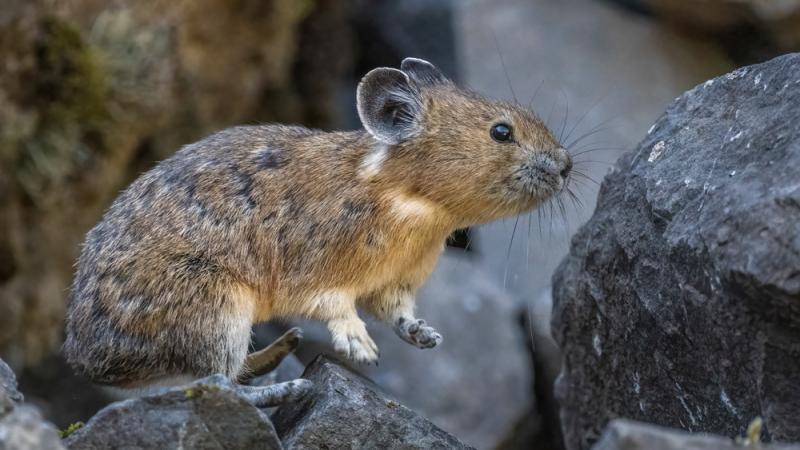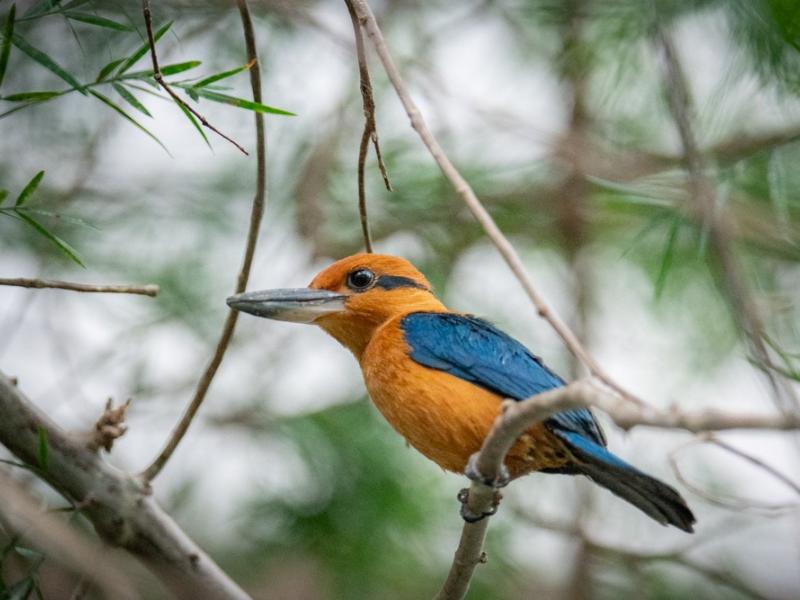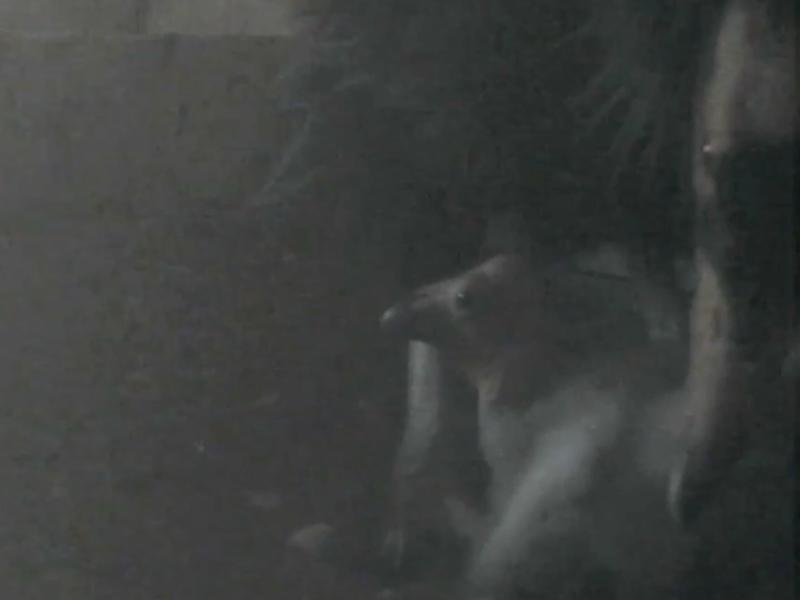Surveys find good news for Gorge pika population

New data from Cascades Pika Watch shows pikas recovering in Eagle Creek region
Last year, in the wake of the 2017 Eagle Creek Fire, community scientists were relieved to discover pikas still surviving in the region. This year, the group known as Cascades Pika Watch — a collaboration of organizations and individual pika researchers convened by the Oregon Zoo — has even more to celebrate: according to their latest findings, the pint-sized pikas of the Columbia River Gorge are making a comeback.
"We still aren't seeing numbers as high as before the fire, but things are definitely looking up," said Amanda Greenvoss, who coordinates the zoo's pika watch program. "This is great news for our pika population."
This summer, thanks to a Citizen Science grant from the U.S. Forest Service, Cascades Pike Watch set out to see how pikas were faring in the areas most affected by the fire. They detected pikas at 45 sites out of 52 surveyed, a promising increase over the 18 out of 45 sites where they detected pikas last year.
American pikas are small mammals related to rabbits, known for their distinctive high-pitched calls. They're often found in rugged high-elevation mountain habitats, so pikas in the Columbia River Gorge are of particular interest because they live at a much lower elevation than any other pika population in the United States.
In addition to the increase in pikas detected this year, Cascades Pika Watch experienced an all-time high in volunteer hours: 155 volunteers spent 1,620 hours searching for the fluffy, potato-sized mammals. No easy feat, considering how difficult pikas can be to spot.
"Due to their small size and their ability to blend in with their rocky habitat, pikas can be really tricky to see — especially if you don't know what to look for," said Greenvoss. "We're fortunate to have dedicated volunteers with Cascades Pika Watch who know how to spot them in the wild."
With the funds from the Citizen Science grant, Cascades Pika Watch worked closely with the Forest Service to conduct surveys and collect information to find out how fire affects pika habitat and potential trends in pika populations.
The $24,100 Citizen Science grant was one of four awarded in 2018 to fund efforts where partners, volunteers and the Forest Service work together in pursuit of sound science and meaningful community and volunteer engagement. The zoo's pika proposal was ranked first out of 168 qualified projects around the country.
Cascades Pika Watch is now in its fifth year, and community scientists from around the region are invited to help through the zoo's Community Conservation Volunteer Program. Since it began, the effort has trained more than 1,000 volunteers to conduct pika surveys throughout the Cascade Range.
More News

Zoo welcomes ultra-rare sihek kingfishers
The Oregon Zoo is home to many critically endangered species, but perhaps none as rare as its newest arrivals: a trio of sihek kingfishers.April 25, 2024

Jolene turns 2: Zoo to celebrate orangutan's 2nd birthday
The littlest member of the orangutan family is celebrating a big milestone this week: Jolene will turn 2 on Saturday.April 12, 2024

Seven chicks and counting: Zoo welcomes first condors of 2024
Seven fluffy chicks hatched last month at the Oregon Zoo’s Jonsson Center for Wildlife Conservation.April 5, 2024

